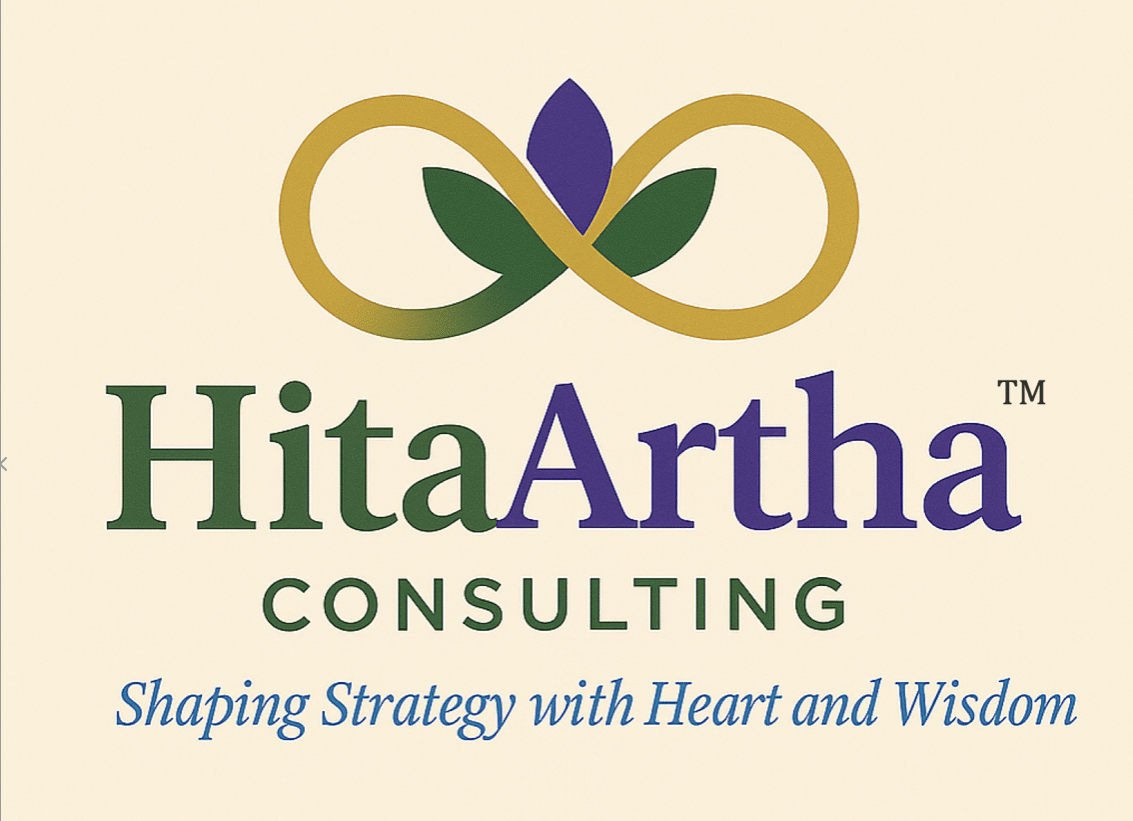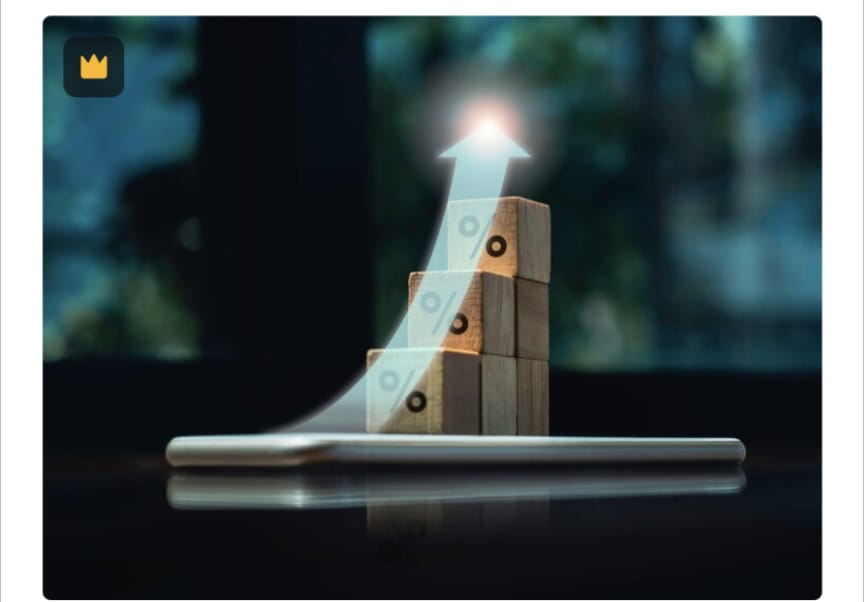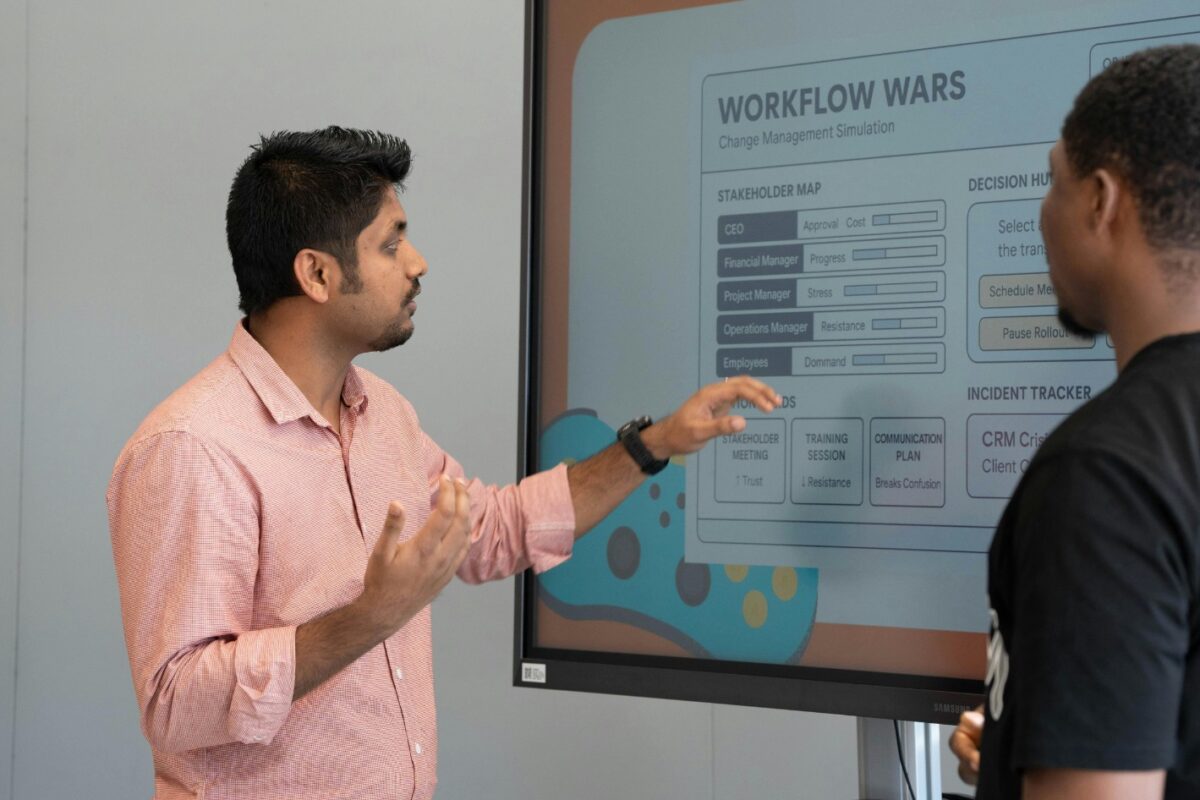Strategic Relevance Rooted in Indian Business Realities
At HitaArtha Consulting, we don’t do HR theory.
We step in when growth stops feeling like momentum—and starts feeling like drag.
In scaling businesses, complexity outpaces clarity.
People systems that once worked become the very reason things stall.
What we see isn’t lack of effort.
It’s blind spots in execution rhythm, role architecture, and decision logic—quietly eroding profits, founder bandwidth, and investor confidence.
The Strategic Challenges We See Across Businesses:
- Founders remain the only strategic thinkers
No one else sees the chessboard. All planning, problem-solving, and pivots depend on the promoter. - Revenue is growing, but profits are shrinking
Scaling brings complexity, not efficiency. Costs outpace control. ROI per employee drops. - Cash flow remains tight despite decent topline
Collections lag. Margins vanish in pricing inefficiencies. Credit terms erode liquidity. - Execution is chaotic and crisis-driven
Delivery slips, rework piles up, and client trust erodes. Founders stay stuck in rescue mode. - One or two clients dominate revenue
Churn risk is existential. Business development is reactive and founder-dependent. - Founders can’t step away—even briefly
Without them, decisions stall. Teams freeze. The system collapses under autonomy. - Decisions are slow, emotional, and inconsistent
There’s no clarity on ownership. Meetings cycle in politics and hesitation. - External senior hires underperform—or exit fast
Cultural friction, trust deficits, and unclear mandates sink otherwise good talent. - The business isn’t exit-ready or investor-scalable
Great numbers, but poor systems. Everything runs on founder intuition—not institutional muscle. - Expansion feels risky—core isn’t steady
New initiatives expose internal fragility. Growth magnifies dysfunction instead of leverage. - Growth has stalled despite a solid product
No new levers. Teams repeat what worked, but the market has moved ahead. - Teams are busy—but key problems keep repeating
Activity hides inefficiency. Founders wonder why issues they “fixed” keep resurfacing.
If any of this resonates, you’re in strong company.
The good news? You don’t need more headcount or another tool—
you need sharper architecture, not louder noise.
The Real Fix:
Re-Architecting Execution From the Inside Out
We don’t sell templates.
We decode what’s really holding you back—across people systems, decision loops, and execution layers.
Our diagnostic frameworks and proprietary models aren’t publicly shared.
They’re reserved for founder teams during high-trust discovery—
so we preserve clarity of fit, protect IP, and deliver impact where it actually moves the needle.
Our Work Is Designed To:
- Free up founder bandwidth
- Restore execution momentum
- Build the institutional muscle behind long-term enterprise value
We don’t just consult.
We find the drag, fix the root, and design a system that scales without you carrying the weight.



